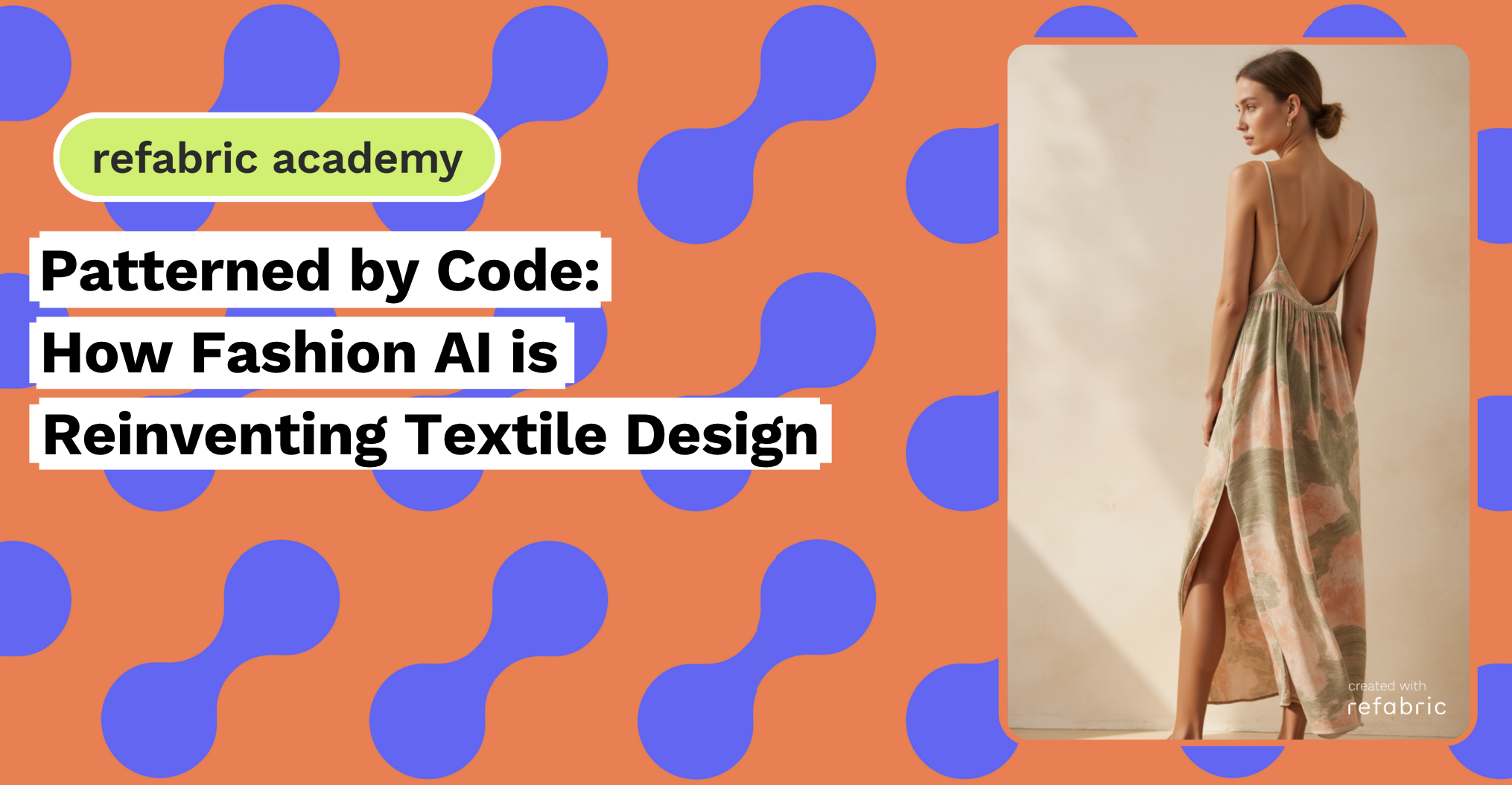Fashion AI is driving a new era of textile design by blending creative expression with data-driven precision.
In a world where fashion and technology increasingly overlap, textile design is undergoing a silent revolution. Fabrics are no longer simply woven—they are computed. With the help of fashion AI, designers are developing smarter, more sustainable, and deeply personalized textiles that move far beyond conventional patterns and prints. What was once a manual, time-consuming craft is now accelerated by algorithms that learn from history, culture, environment, and consumer behavior.
From Inspiration to Iteration in Seconds
Traditionally, creating a textile pattern meant relying on hand-drawn sketches, scanning, digital reworking, and testing. It could take days—or even weeks—to produce a single viable motif. Fashion AI dramatically changes this process. By analyzing thousands of historical patterns, trend data, and visual references, AI can generate multiple high-quality design options within minutes.
Designers using AI-assisted tools can now input simple prompts, color preferences, or moodboard references to receive intricate textile designs tailored to their vision. This not only speeds up production but also opens up creative possibilities that may never have surfaced through human imagination alone.
Smarter Surfaces, Adaptive Design
Fashion AI doesn’t just create visual patterns—it also enables fabrics to respond intelligently to context. AI models trained on functional material data can assist designers in developing textiles that adapt to light, temperature, or movement. Think of a jacket that shifts hue under sunlight or a dress that changes texture with body heat.
These smart surfaces are no longer science fiction. AI helps simulate how these textiles would behave in real-life scenarios, minimizing the need for multiple rounds of physical sampling. The result is a streamlined development process with fewer resources wasted—and more excitement delivered to consumers.
Data-Driven Design Meets Sustainability
As the industry continues to prioritize sustainability, fashion AI is becoming instrumental in reducing waste from the very first stitch. By calculating how patterns fit on fabric rolls, AI can suggest layouts that minimize offcuts and material loss. It also recommends colorways and material blends with lower environmental impact based on lifecycle analysis.
Furthermore, textile mills and fashion houses can use AI to forecast demand for specific prints and textures, reducing overproduction and excess inventory. The result is a system where aesthetics and sustainability no longer compete—but instead, co-exist.
Cultural References with a Click
One of fashion AI’s most creative capabilities lies in its ability to draw from massive databases of global cultural references. Designers can generate textile prints inspired by Turkish tilework, Japanese woodblock art, or Bauhaus geometry—instantly and ethically, without the need to start from scratch.
More importantly, AI tools can offer historical context, explain symbolism, and suggest regionally appropriate use of motifs. This helps designers create work that’s both globally inspired and culturally sensitive, adding depth to the aesthetic choices behind each print.
Customization for the Masses
Fashion AI is making personalization more scalable than ever. Instead of designing one fabric to suit many, brands can now offer many fabrics tailored to the individual. AI-powered systems allow customers to modify patterns, select custom color palettes, or even co-create textile designs within guided frameworks.
For e-commerce platforms and made-to-order services, this means an exciting shift: digital garments can be visualized in real time with the user’s chosen print, dramatically improving engagement and purchase confidence.
A New Creative Dialogue with Fashion AI
Fashion AI is not replacing designers—it’s giving them a new language. By collaborating with algorithms, textile designers can expand their creative range while staying anchored in their own intuition and identity. AI acts as a silent partner: suggesting, testing, calculating, and pushing boundaries—without overtaking the human voice at the center of the creative process.
As the industry continues to evolve, textile design is poised to become more experimental, inclusive, and sustainable—with fashion AI helping stitch every part of that future together.
